Rug Pull Risk Checker
Project Risk Assessment
Enter project details to calculate scam risk based on 5 key indicators from the article
Risk Assessment Results
When a project vanishes overnight, leaving investors holding worthless tokens, it’s called a Rug pull is a fraudulent scheme in the cryptocurrency world where developers raise funds and then abandon the project, draining liquidity and leaving users with dead assets. The term has become a shortcut for the most damaging scams in DeFi and NFT markets.
Why crypto rug pull matters
According to research from Solidus Labs, more than 300,000 scam tokens have been launched and roughly 2 million investors have been duped. The total dollar damage from rug pulls now exceeds the combined losses of high‑profile exchange collapses such as FTX, Celsius and Voyager. In other words, a single rug pull can wipe out thousands of portfolios in minutes.
Mechanics behind a rug pull
Scammers usually follow one of two playbooks:
- DeFi smart‑contract tricks - The token’s contract contains hidden functions that let creators mint unlimited tokens, set exorbitant sell taxes, or block transfers entirely. When the liquidity pool looks healthy, the developers pull the rope and dump the newly minted coins.
- Exit scams - A flashy website, fake partnerships and celebrity endorsements lure buyers. Once enough funds sit in a centralized wallet or exchange, the team simply stops responding and withdraws everything.
Both routes rely on hype, community pressure and the illusion of legitimacy.
Historic rug pulls that shaped the narrative
Thodex was a Turkish centralized exchange that vanished in 2021 after halting user withdrawals. Its CEO disappeared with an estimated $2 billion in crypto, accounting for nearly 90 % of all rug‑pull value that year.
AnubisDAO launched on October 28 2021, promising a “free‑floating” currency backed by a basket of assets. In just 20 hours, the project raised close to $60 million in wrapped Ethereum (wETH) and then drained the liquidity pool, leaving investors with a token that fell to near‑zero.
BitConnect started as an ICO in 2016, offering guaranteed Bitcoin‑based returns. The platform collapsed in early 2018, wiping out billions of dollars and becoming the template for later exit scams.
The Squid Game token rode the wave of the Netflix series in 2021. It skyrocketed from $0.01 to $2,861 in a week before the developers vanished, blocking trades and selling their supply for a reported $3.38 million profit. The token combined a honeypot smart contract with aggressive marketing and a bogus whitepaper.
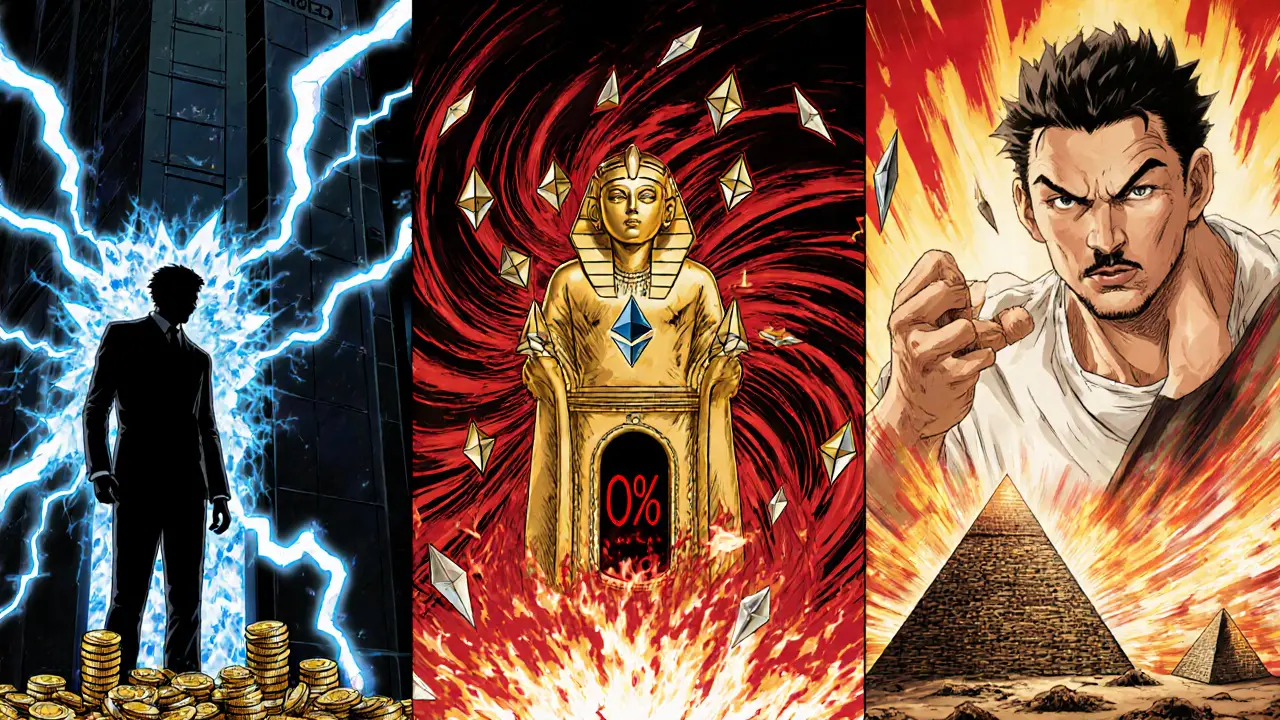
Recent rug pulls (2024‑2025)
Froggy (FROGGY) token marketed itself as a meme coin for social‑media users. After a brief rally, the developers drained the liquidity pool, causing a 99.95 % price collapse.
Hawk Tuah (HAWK) token was promoted by internet personality Hailey Welch. Within minutes of launch the market cap fell from $500 million to $60 million, prompting a federal lawsuit in the United States.
Bored Bunny NFT sold out quickly in December 2021, touting celebrity endorsements that were later proven fake. The collection generated roughly 2,000 ETH in primary sales, but floor prices plummeted to 0.085 ETH after insider‑wallet manipulation was uncovered.
These cases show that rug pulls are not limited to obscure tokens; even projects with celebrity backing and high‑visibility marketing can disappear overnight.
Common red flags to watch out for
- Anonymous or pseudonymous development teams; no verifiable LinkedIn or GitHub profiles.
- Liquidity locked for a very short period (often less than a week) or not locked at all.
- Contracts that allow unlimited minting or have high transaction taxes hidden in the code.
- Marketing that relies heavily on hype, memes, or exaggerated promises of guaranteed returns.
- Absence of a reputable audit report from a known security firm.
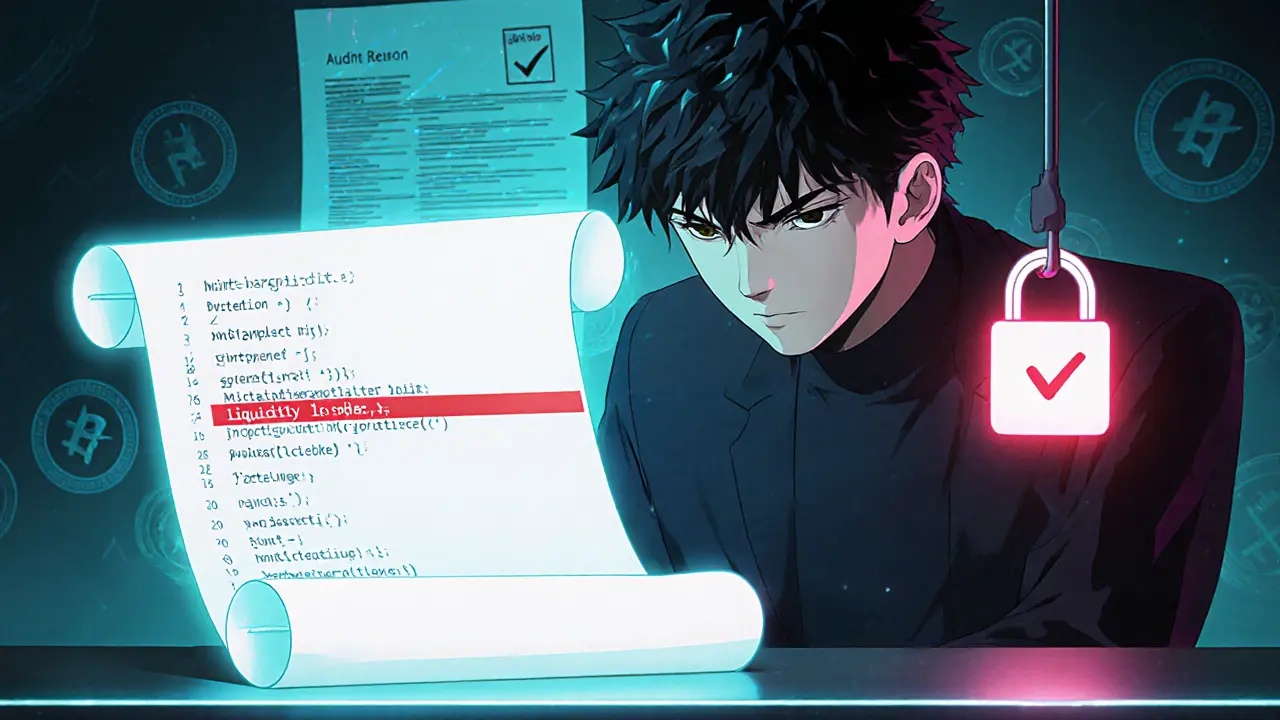
Due‑diligence checklist for investors
- Read the smart‑contract code or at least a reputable audit summary.
- Verify the team’s identities - look for real‑world credentials, past project history, and transparent communication channels.
- Check where the liquidity is held - is it locked on a service like Unicrypt or TrustSwap?
- Analyze token distribution: a single wallet holding > 50 % of supply is a major warning sign.
- Search for independent community feedback on platforms such as Reddit, X and Discord; sudden deletions or bans are suspicious.
Regulatory landscape and enforcement
Law enforcement is beginning to crack down on high‑profile scams. The 2024 Hawk Tuah case triggered a federal lawsuit filed by Burwick Law, marking one of the few successful actions against a meme‑coin developer. However, the pseudonymous nature of DeFi and the cross‑border jurisdictional maze make prosecution difficult.
Regulators in the U.S., EU and Asia are issuing guidance that requires clear disclosure of token economics, anti‑money‑laundering (AML) compliance and proper custody of investor funds. While these measures may reduce the most blatant scams, sophisticated rug pulls that blend smart‑contract tricks with polished marketing still slip through.
Key takeaways
- Rug pulls have caused over $2 billion in losses, dwarfing many exchange failures.
- Both DeFi smart‑contract exploits and traditional exit scams are used, often together.
- Even projects with big names, celebrity endorsements or massive marketing budgets can be fraudulent.
- Red flags include anonymous teams, un‑locked liquidity, hidden mint functions and hype‑driven promises.
- Conducting a thorough due‑diligence checklist dramatically lowers the risk of falling victim.
What exactly is a rug pull in crypto?
A rug pull is a fraud where developers raise money for a new token, then abruptly withdraw all liquidity or sell their holdings, leaving investors with worthless assets.
How can I spot a hidden mint function in a token contract?
Look for functions like mint() or increaseSupply() that are not restricted to a multisig wallet. Reputable auditors usually flag these in their reports.
Is there any legal recourse if I lose money to a rug pull?
Recovering funds is difficult because scammers often hide behind pseudonyms and operate across borders. Some victims join class‑action lawsuits, like the one against the Hawk Tuah creators.
Do audits guarantee safety from rug pulls?
Audits reduce risk but don’t eliminate it. A clean audit only means the code was reviewed at the time; developers can later add malicious functions through upgrades.
What role does liquidity locking play in preventing rug pulls?
Locking liquidity for several months means the token’s market makers cannot instantly withdraw the pool, giving investors time to react and reducing the chance of a sudden dump.




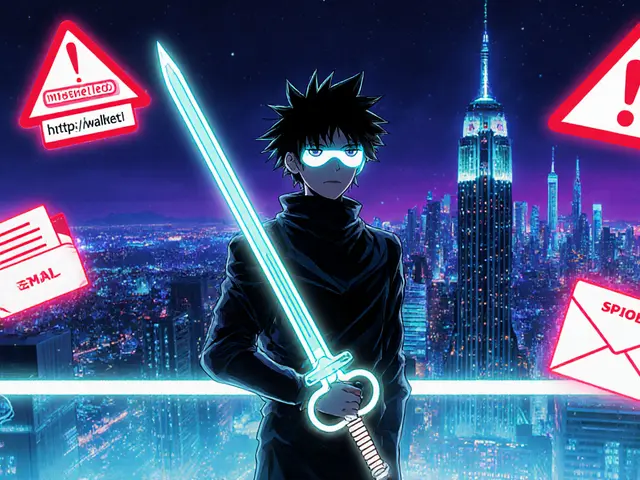
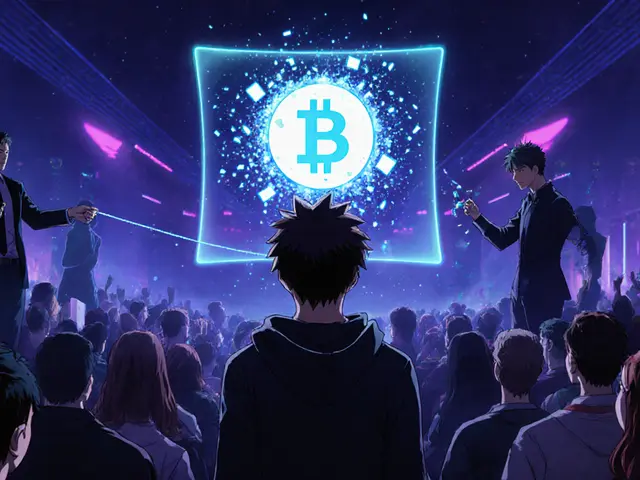
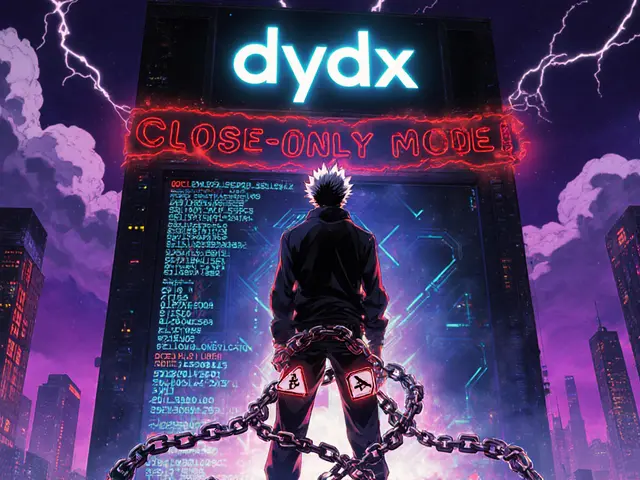

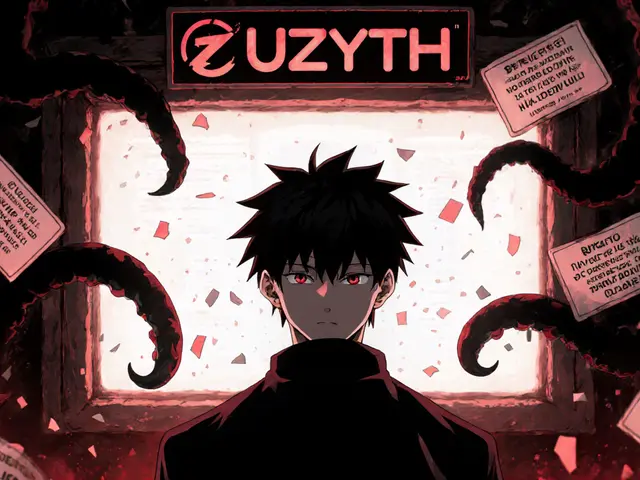

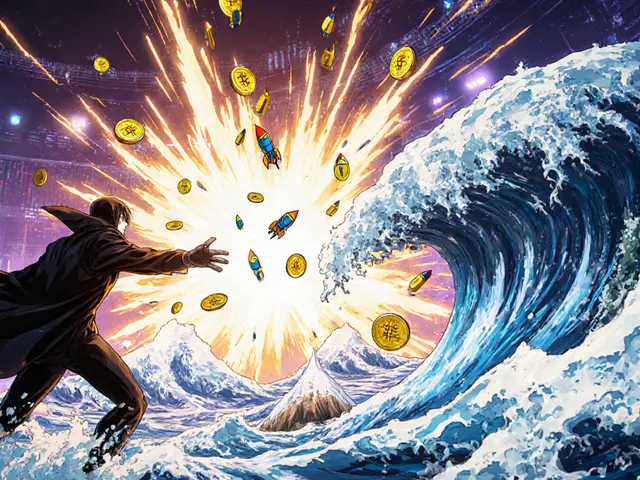
Comments (7)
Joy Garcia
October 19, 2025 AT 08:44 AMThe moment those "innovative" tokens start skyrocketing, you can smell the snake oil in the air like a cheap cologne. Whispers about shadowy cabals pulling the rug from under us have been buzzing on every forum for months. It feels like the same players are swapping faces, just dressing up their scams with meme art and celebrity shout‑outs. If you don’t keep your wallet locked tight, you’re basically handing them a golden ticket. Stay vigilant, or you’ll be the next headline in a cautionary tale.
Erik Shear
October 28, 2025 AT 17:04 PMThis is why you need to read the contract before you buy. No hype, just facts and numbers. If the liquidity isn’t locked for months, run.
Tom Glynn
November 7, 2025 AT 02:24 AMRug pulls have become the dark side of the crypto renaissance, and understanding them is the first step toward protecting ourselves. When a project promises moon‑level returns with little to no technical detail, that red flag should make any rational mind pause. Take the BitConnect saga: it taught us that even seemingly solid platforms can be built on a foundation of lies. Likewise, the recent Hawk Tuah case shows that no amount of celebrity endorsement can replace a transparent team. The good news is that the community has amassed a toolbox of checks that can spot many of these scams early. First, always verify whether the liquidity pool is locked on reputable services like Unicrypt or TrustSwap. Second, scan the smart contract for functions named mint, increaseSupply, or any owner‑only privileged calls. Third, cross‑reference the development team’s LinkedIn or GitHub profiles; anonymity is a major warning sign. Fourth, examine token distribution-if a single wallet holds more than half the supply, expect a potential dump. Fifth, look for third‑party audits from firms with a solid reputation; remember that even audits can be outdated. Beyond the technical checklist, keep an ear to the ground on community sentiment in Reddit threads and Discord channels. If you notice a sudden wave of deletions, bans, or a sudden silence from the devs, that’s often a precursor to a pull. Most importantly, never invest money you can’t afford to lose; treat each token like a lottery ticket, not a retirement plan. Diversifying across multiple vetted projects can also blunt the impact of any single failure. Stay educated, stay skeptical, and keep the dialogue open-sharing experiences helps the whole ecosystem mature. Together we can turn these rug pulls from devastating traps into cautionary footnotes that strengthen the space. 🚀💡
Tom Grimes
November 16, 2025 AT 11:44 AMLook, Joy, you sound like you’ve been watching the same old drama on repeat, and honestly, it’s not that mysterious. Most of these rug pulls just follow a basic script that anyone with a tiny bit of common sense can spot. The “shadow cabal” you mention is really just developers who cash out when the hype peaks. Maybe try reading a simple guide before painting the whole industry with conspiracy colors.
Paul Barnes
November 25, 2025 AT 21:04 PMEveryone cries over rug pulls like they’re the end of finance, but the truth is that risk is the price of innovation. If you’re not willing to gamble, you’ll never see the next breakthrough. So maybe the problem isn’t the scams, it’s our intolerance for uncertainty.
Ty Hoffer Houston
December 5, 2025 AT 06:24 AMTom, that was an impressively thorough rundown-thanks for breaking it down with such clarity. I especially appreciate the practical checklist; it’s exactly what newcomers need to feel safe. Let’s keep spreading this knowledge so the community grows stronger together.
Andrew Smith
December 14, 2025 AT 15:44 PMWe’ve seen these scams before and we’ll see them again, but that doesn’t mean we’re doomed. Keep your eyes peeled, stay skeptical, and keep pulling each other up. The next big project could be the one that finally proves crypto’s worth.